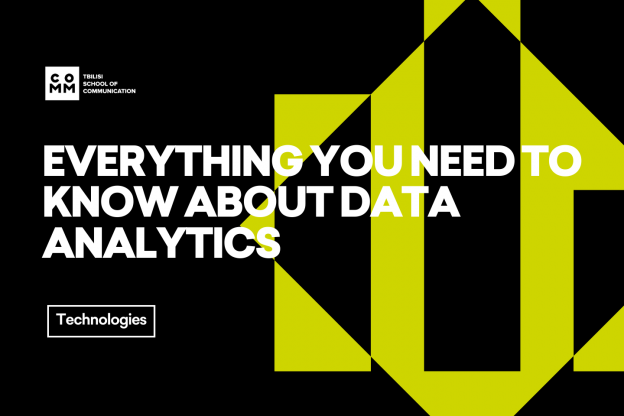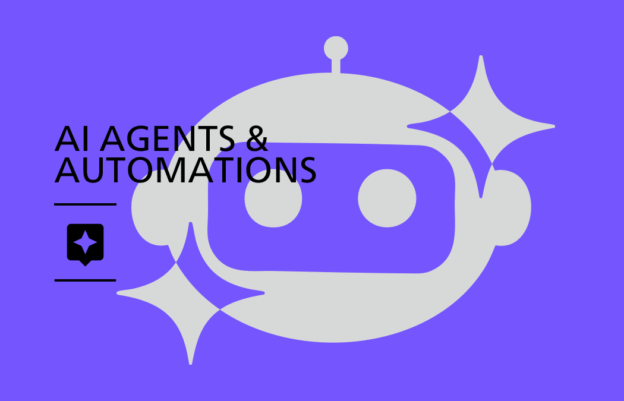Introduction
Business Analytics is a research activity that analyzes business operations using data across three key aspects: company’s current needs, market challenges, and available opportunities. A business analyst can develop these directions using various methods and approaches. Additionally, they participate in developing company strategy and making important decisions (such as where and when to invest).
If you want to learn more about this field and understand what a business analyst’s daily activities involve, this blog is for you. You’ll find answers to your questions right here.
Why is Business Analytics Important?
Business analytics plays a crucial role in business success. It helps companies make the right decisions, work more effectively, and consequently, generate more revenue. Business analysts are involved in processes such as defining business requirements, entering new markets, and resolving related issues. Therefore, this direction serves as an important foundation for organizations.
A business analyst works daily in two main directions:
- Introducing the company and its goals to stakeholders
- Providing recommendations to solve problems that arise in various processes
Using data analytics, they provide organizations with advice that helps them make the best decisions and maximize results together with stakeholders.
How Does Business Analytics Help Companies?
Business analytics leads to:
- Improved operations
- Better organizational culture
- Increased employee productivity and satisfaction
- Higher revenue
This is why the demand for business analysts is growing increasingly, as companies need them to solve important issues correctly and effectively.
IT Business Analytics is one of the field’s directions that’s also seeing growing demand. Today, companies are trying to adapt to the challenges of the technological world and create digital products, where IT business analysts play a crucial role. They define and describe business requirements – how the system and/or product should function. They analyze the product’s current state, determine its future development, translate each business requirement for the technical team, and monitor them until full implementation.
Business Analytics Approaches and Methods
1. The Five Whys
This technique is used to better investigate and understand the essence of the task at hand. Asking the right questions helps overcome problems successfully.
2. Six Thinking Hats
This method encourages looking at everything from different perspectives – wearing different colored “hats”:
- White/Facts: Objective review/analysis of existing and needed data
- Red/Emotion: Questioning your intuition
- Yellow/Logical Positive: Studying the situation optimistically, defining project possibilities and expectations
- Green/Creativity: Openness to new ideas
- Blue/Planning: Developing an action plan considering organizational and administrative perspectives
- Black/Logical Negative: Finding flaws in the plan and points that might fail
These hats are managed by the Crown Hat, which represents the high-level stakeholder perspective and has decisive importance.
3. CATWOE
Similar to the previous method, this approach offers analyzing situations from different perspectives. The difference is that this approach addresses various organizational and functional parts of business:
- Customers
- Actors
- Transformation process
- Worldview
- Ownership
- Environment
4. MoSCoW
“Must or Should; Could or Would” – This method is used to align all stakeholders on one plan. It ensures that each member shares similar values and priorities, especially when compromises are necessary to achieve desired results.
5. MOST
Covers:
- Mission: What is the essence of this business/plan?
- Objectives: What goals create this mission?
- Strategies: How do you plan to achieve set goals?
- Tactics: What steps are needed to implement the campaign?
6. SWOT/PESTLE
This method helps business analysts identify as many factors as possible that will affect a given situation.
Business Analytics Stages
- Requirement Definition
- Requirement Analysis
- Strategy Analysis
- Decision Evaluation and Approval
- Planning and Monitoring
- Management and Communication
Business Analytics Techniques
Activity Diagrams
Shows what steps need to be taken in a given system. Useful in developing company protocols.
Entity-relationship Diagrams
Used when the system consists of multiple departments, people, objects that are interconnected.
Mind Maps
Helps in visual categorization of different ideas and goals.
Organizational Charts
Displays the company’s hierarchical system.
Process Flow Diagrams
Shows stages that need to be completed sequentially to achieve the set goal.
Product Roadmap
Similar to the previous diagram, shows project stages while also defining future activities.
Conclusion
Business analytics plays a truly important role in company success. This profession is diverse and full of challenges. If you’re interested in this direction and want to learn more about creating and managing digital products, definitely check out the IT Business Analytics course. You’ll receive the theoretical knowledge and practical experience that will help you create a successful business analyst career. So, join us at Commschool!










 Intermediate
Intermediate
 Intermediate
Intermediate
 Beginner
Beginner







